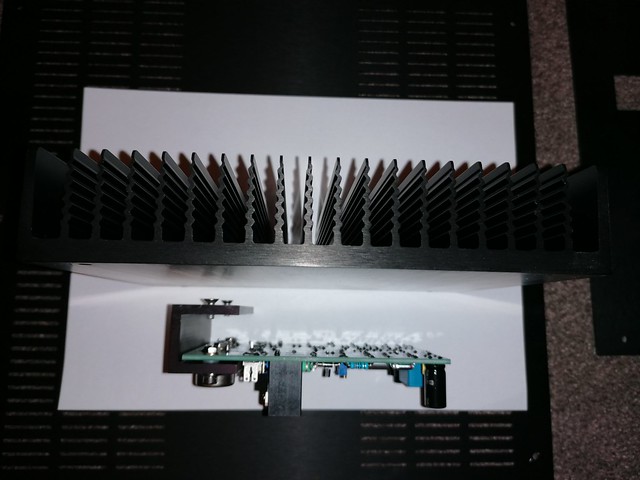Something like this will work well:
https://www.machinemart.co.uk/p/12-piece-drill--tap-set/
NB for DIY casework you'll generally want quite small taps - M3, M4, M5,
perhaps M6 is really all you want or need, for mounting things, fixing machine screws into heatsinks etc. Afterthought: PCB stand-offs are generally threaded M2.5 - so add that to the list.
That said -
Be aware that cheap taps tend to be
glass-hard muck, and will therefore tend to shatter/snap-off if you look at them wrong. If you want to tap a
lot of holes it could be that the right way to start is to buy machine-quality parts from the start - M3, M4, M5, one good tap handle to suit, and the right-size drills to match these taps. Might be a little more expensive - but you can buy the drill/taps pairs, one at a time, as you need them.
Whichever you choose - do a generous dab of the right lubricant to aid the cut: mineral oil into steel - but paraffin/white spirit/WD40 into aluminium.
HTH.


 heat_sink_attachment
heat_sink_attachment